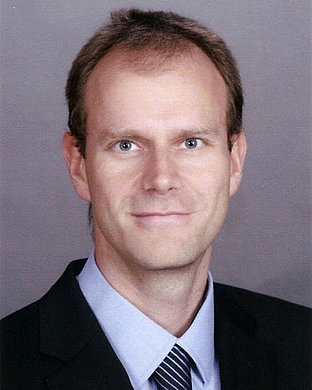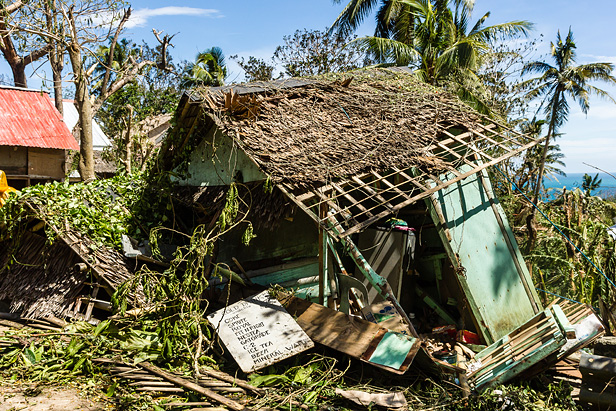Haiyan shows how devastating typhoons can be. Are these superstorms man made? Is climate change responsible for catastrophes like this?
Man-made greenhouse gas emissions caused a clear upward trend in sea surface temperatures which are the heat engine for tropical storms. However, globally, the changes in tropical cyclone activity cannot be attributed only to human influence due to the large natural variability of the climate system and changes in observation techniques. Beside temperature, there are other factors which influence tropical cyclone activity such as wind shear, steering currents and aerosol loading of the atmosphere. For example in the North Atlantic region studies suggest that a reduction of the amount of aerosol has contributed at least in part to the observed increase in tropical cyclone activity since the 1970s. According to the newest IPCC report, projections for the 21st century using climate models indicate that it is likely that the global frequency of tropical cyclones will either decrease or remain essentially unchanged, concurrent with a likely increase in both global mean tropical cyclone maximum wind speed and rain rates.
Some of the media see this typhoon as a message to the Climate Change Conference taking place in Warsaw at the moment. Do you agree?
Most studies suggest that climate change will cause more frequent and severe extreme events especially when it comes to heat waves, droughts and heavy precipitation in the future. For example a study by the German Insurance Association shows a potential doubling of losses due to river flooding before the end of the century. Although a single event like super-typhoon Haiyan cannot prove climate change, it does remind us of our responsibility for future generations.

